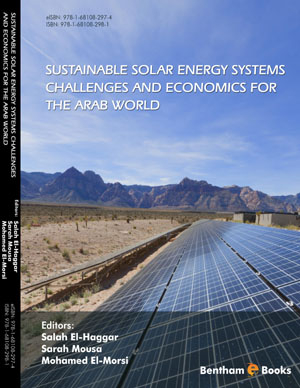Abstract
The present study performs a sustainability assessment for the Sabarmati
Riverfront, India, from the viewpoint of public accessibility. Planned development and
redevelopment of riverfronts are a recent phenomenon in the Indian development
landscape. However, these riverfronts are rarely assessed after their construction. In
this study, the Comprehensive Index of Public Accessibility of Riverfront (CIPAR),
which consists of 4 sub-indexes and 12 indicators, has been used for assessing the
conditions of Sabarmati Riverfront, Ahmedabad. These four sub-indexes measure (1)
spatial accessibility, (2) visual accessibility, (3) corridor continuity, and (4) amenity.
This study analyzes the fourteen segments of the Sabarmati riverfront from Subhash
bridge to Proposed bridge 3 (Jamalpur flyover). Image processing software tools such
as ArcGIS, QGIS, AutoCAD, Autodesk 3DS Max, Blender, City Engine 2019, ERDAS
IMAGINE, Google Open Street Map have been utilized for calculating the sub-indexes
mentioned above. The different software platforms have been compared. The final
CIPAR Index ratings of various sections of the Sabarmati riverfront vary between 12.5
and 32.5, out of a total score of 40. The Sabarmati Riverfront scores well in spatial
accessibility but lacks in terms of visual accessibility and corridor continuity. Thus,
apart from being the first study for estimating the accessibility of the Sabarmati
riverfront, the present study also demonstrates a methodology for conducting similar
assessments using a variety of image processing tools.
Keywords: AutoCAD, Blender, CIPAR Index, NDVI, Riverfront Development.













